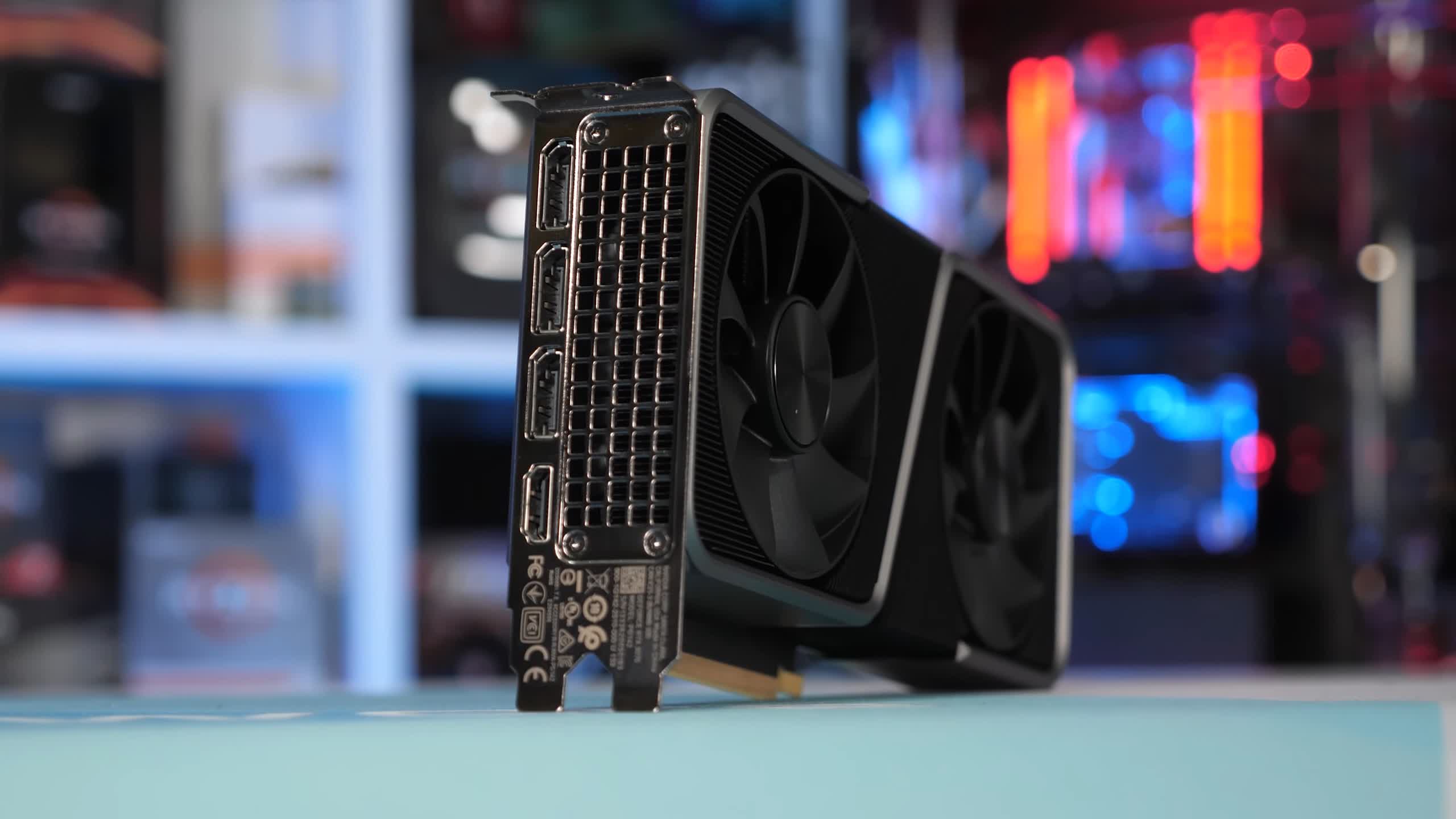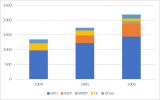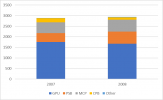Arguably, yes. Or at the very least, it's been predominantly about gaming for a long time. Nvidia's financial reports since 2004 paint this picture very clearly:
View attachment 87665
The first chart shows the reported breakdown of their various sectors - GPU covers GeForce and Quadro. MCP = media and communications processors (aka motherboard chipsets); WMP = wireless media processors; CE = consumer electronics.
View attachment 87666
For these two years, Nvidia separated the GeForce from the other chip sales. PSB = professional solutions business (I.e. Quadro and Tesla); CPB = consumer products business (e.g. Tegra). The former accounted for 15 and 20% of the total revenue, where the latter was 18 and 19% respectively. GeForce income was 61 and 57%.
View attachment 87667
Nvidia dropped motherboard chipsets after 2008; they also apparently had no revenue, only losses, in the 'Other' sector. PSB varied from 15% to 23% of total revenue.
View attachment 87668
Here one can see the recent and massive expansion of sales in their Datacenter sector. The Gaming sector was 56% of total revenue in 2015 but dropped to just 45% in 2020; ProVis fell from 15% to just 6%, while Datacenter rose from 7% to 41%.
But wait, where's the financial information between 2012 and 2015? For those 3 years, Nvidia simply reported GPU, Tegra, and Other revenue. Why would they do this? Fortunately, the more detailed 2016 report overlaps quite nicely with the sparse 2015 information and in that year, 'GPU' accounted for 83% of total revenue. However, the latter report shows us that the Gaming sector accounted for at least 72% of the 2015 'GPU' total, ProVis around 20% and Data at 9%.
Between 2004 and 2015, the GeForce line of chips produced the lion's share of Nvidia's revenue, and by a substantial margin - the motherboard chipset sales between 2005 and 2008 was a good earner for them, at least as good as PSB/ProVis+Data. However, for the past 5 years, despite a very healthy growth in revenue for GeForce chips ($2b in 2015, $5.3b in 2020), Datacenter has grown almost exponentially.
If one wishes to be a little more pedantic about matters, one could say something like "If you haven't been paying attention, Nvidia is no longer a company that generates the majority of its revenue from gaming"

Edit: If you consider architectural designs only, Nvidia didn't start to make a serious move beyond gaming until the release of Volta in 2017 and then Turing in 2018; up to that point, there was nothing about their GPU designs that particularly favoured professional or compute work, over gaming (although to be fair, what's good for the goose is good for the gander, when it comes to compute). The inclusion of the tensor cores, though, was a clear indication that their GPU focus was clearly in favour of professional applications.
I do wonder how long Nvidia will retain the same architecture for their different sectors. Ampere is perhaps the first sign of changes to come, as even though the GA100 and GA102 are both 'Ampere', they're vastly different designs.





